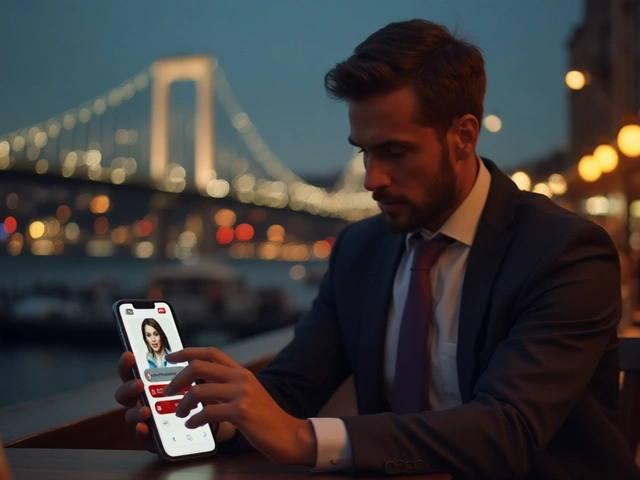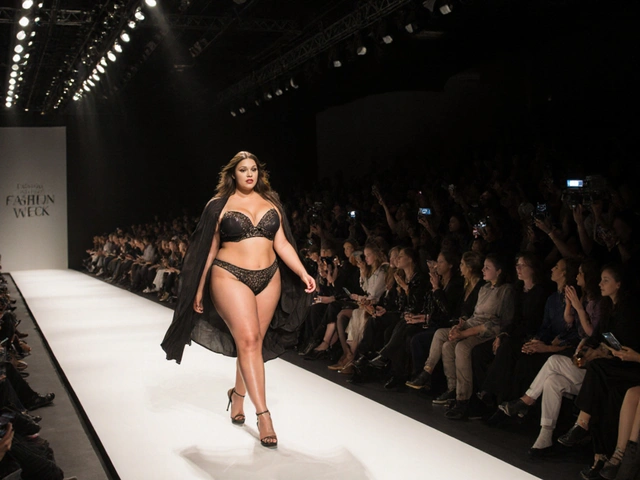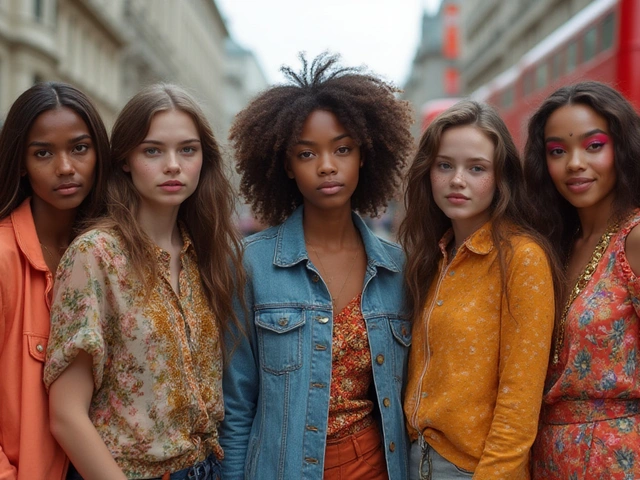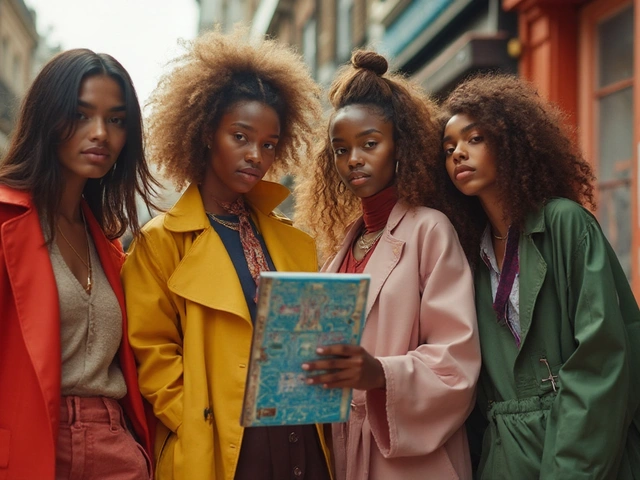Teen models aren’t just walking mannequins anymore-they’re shaping the very fabric of what fashion means today. Gone are the days when runway shows featured only polished, adult faces in oversized clothes designed for a fantasy version of youth. Today’s fashion is being rewritten by teenagers themselves: their bodies, their voices, their social media influence, and their demand for authenticity. Brands that ignore this shift aren’t just falling behind-they’re becoming irrelevant.
Teen Models Are No Longer Just a Niche
Fifteen years ago, a 16-year-old model was rare. Today, they’re everywhere. According to data from fashion analytics firm StyleSage, teen models aged 14-19 appeared in 38% of all major brand campaigns in 2024, up from just 9% in 2018. That’s not a trend. That’s a structural change.
Why? Because Gen Z doesn’t trust perfection. They don’t connect with airbrushed models who look like they’ve never eaten a snack or skipped a workout. They connect with someone who looks like their best friend-the one who wears thrifted jeans, has freckles, or talks openly about anxiety. Teen models bring that realness. They’re not just selling clothes; they’re selling identity.
Brands like Shein, ASOS, and even Zara now regularly feature models under 18 in their main campaigns. Not as a side project. Not as a "youth line" gimmick. As the face of their core collection. And it’s working. Sales among Gen Z shoppers rose 22% in 2024 for brands that used authentic teen representation, according to McKinsey’s 2025 Consumer Pulse Report.
Innovative Design Is Being Driven by Teens, Not Designers
Here’s the twist: teen models aren’t just wearing the clothes-they’re helping design them.
At New York Fashion Week in 2024, a new initiative called "Design by Teens" invited 12 teenage models to co-create a capsule collection with a major designer. They didn’t just give feedback. They sketched, chose fabrics, dictated pocket placements, and insisted on adjustable waistbands because, as one 16-year-old said, "No one wants to feel like they’re being squeezed into a corset just to look "on trend."
The result? A line of gender-neutral, stretch-woven pants with hidden phone pockets and magnetic hem adjusters. Sold out in 48 hours. The designer later admitted he’d never thought to put a phone pocket in a pair of trousers-until a 15-year-old model asked why they couldn’t carry their phone, headphones, and lip balm in one pair of pants.
This isn’t an isolated case. Brands like Reformation and Everlane now run monthly "Teen Design Labs" where selected teen models meet with product teams to test prototypes. They test fit, give feedback on durability, and even suggest colors based on what actually sells on TikTok-not what’s in the trend forecast.
Designers who used to work from mood boards now work from Instagram comments. "We used to ask, ‘What’s the vibe?’ Now we ask, ‘What’s the problem?’" says Lena Ruiz, head of design at a London-based sustainable brand. "Teens don’t care about ‘edgy silhouettes.’ They care about clothes that don’t ride up when they squat to pick up their dropped phone. That’s the new innovation."
The Rise of Body Diversity Beyond the Runway
Teen models today come in all shapes, sizes, and abilities. The old standard-thin, tall, and straight-haired-is dead. In 2025, the most-booked teen models aren’t the ones with the smallest waist. They’re the ones with stretch marks, acne, glasses, and mobility aids.
Take 17-year-old Jada Nguyen, a model with cerebral palsy who walks with crutches. She landed a global campaign with Nike last year. Her ad showed her adjusting her crutches mid-run, laughing, then pulling on a pair of adaptive joggers. The video got 47 million views. Nike didn’t just get buzz-they got a 31% spike in sales of their adaptive line.
Even smaller brands are catching on. A UK-based startup called FitForAll launched a teen collection designed specifically for curvy, short, and petite frames. They hired seven teen models between 14 and 18, each with a different body type, to test every seam, zipper, and elastic. The result? A 92% return rate on fit complaints-down from 74% in their first year.
This isn’t about being "inclusive" as a PR move. It’s about survival. Teens notice when brands are performative. They’ll walk away if the model looks like them but the clothes don’t fit them. Authenticity isn’t a buzzword-it’s the only thing that keeps them buying.
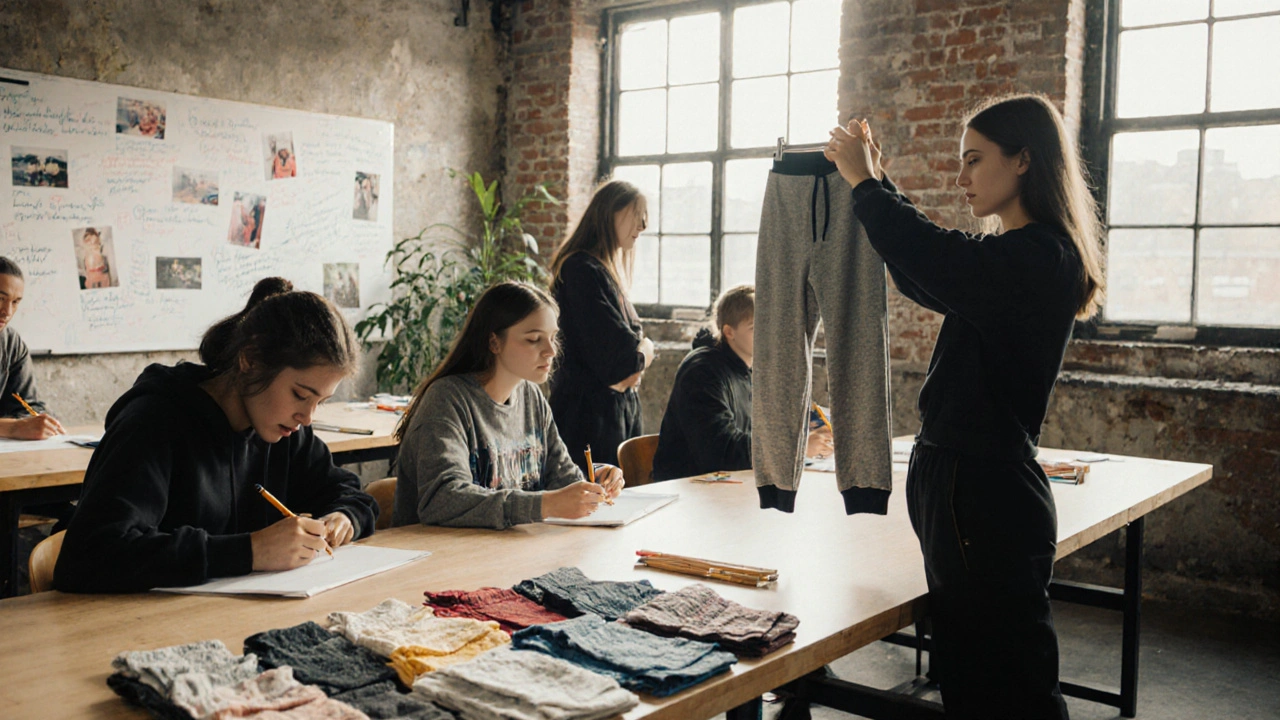
How Social Media Changed the Game
Before Instagram, models were discovered by agencies. Now, teens are discovering themselves.
Platforms like TikTok and Instagram have turned modeling into a DIY industry. A 15-year-old in Manchester can post a video of herself styling a thrifted blazer with cargo pants and end up with 2 million followers. Brands don’t need to scout her-they just DM her.
That’s why the top teen models today aren’t always the ones with the biggest agencies. They’re the ones who post consistently, answer comments, and show real life-homework, bad hair days, and all. One 16-year-old model from Brighton, Ellie Carter, has 1.2 million followers. She doesn’t do runway shows. She does "What I Wear to My GCSEs" videos. Her collab with a local sustainable brand sold out in 11 minutes.
Agencies are scrambling to adapt. Some now hire social media managers for their teen models. Others are cutting traditional contracts entirely and going for revenue-sharing deals based on engagement. The power has shifted. The teen model isn’t the product anymore-she’s the brand.
What This Means for the Future of Fashion
The future of fashion isn’t about bigger runways or flashier lights. It’s about smaller, smarter, more human connections.
Designers will need to learn how to listen-not just to focus groups, but to real teens scrolling through their phones at 2 a.m. Factories will need to make smaller batch runs because teens don’t want mass-produced trends. They want limited drops that feel personal.
Materials will change too. Teens care about sustainability, but not because it’s "ethical." They care because they’ve seen the damage. A 2024 survey by the Youth Fashion Council found that 68% of teens will boycott a brand if they find out it uses microplastics or exploits child labor-even if the clothes are cheap.
And the most important shift? Fashion is no longer something adults tell teens to wear. It’s something teens create, share, and sell to each other. The runway is now a smartphone screen. The model isn’t a hired face-she’s a peer.

What Brands Need to Do Now
If you’re a brand trying to reach Gen Z, here’s what actually works:
- Work with teen models who already have real followings-not just pretty faces.
- Let them co-design. Give them real creative control, not just "feedback sessions."
- Design for real bodies. Include adjustable features, inclusive sizing, and practical details.
- Be transparent. Show how your clothes are made. If you’re not sustainable, say why-not just "we’re trying."
- Stop using teen models as a trend. If you only hire them for one campaign, you’re doing it wrong.
Teens aren’t looking for perfection. They’re looking for partnership. The brands that win will be the ones who treat teen models not as assets, but as collaborators.
What’s Next for Teen Models
The next wave? Teen models becoming designers, founders, and CEOs.
Already, former teen models are launching their own brands. 18-year-old Maya Torres, who started modeling at 14, just launched "Threaded," a clothing line made entirely by teen artisans in Mexico. She uses her own body as the sample size. Her first drop sold out in 7 hours.
More teens are studying fashion design in school-not to become models, but to change the system from the inside. Fashion schools in London, Toronto, and Tokyo now offer courses on "Youth-Centered Design," taught by former teen models.
The future of fashion isn’t just about who’s on the cover. It’s about who’s behind the screen, sketching the next trend, stitching the next seam, and deciding what clothes actually matter.
Are teen models legally allowed to work in fashion?
Yes, but with strict rules. In the UK, teens aged 13-16 need a performance license from their local council and can’t work past 10 p.m. or for more than 4 hours without a break. In the US, child labor laws vary by state, but most require parental consent, school attendance proof, and limits on daily hours. Reputable agencies follow these rules strictly-any brand that doesn’t is risking legal trouble and public backlash.
Do teen models get paid fairly?
It depends. Top teen models with large followings can earn $5,000-$20,000 per campaign. But many new teen models start with free gigs or small fees-sometimes just free clothes. The key is transparency: reputable agencies disclose payment upfront. Teens should never sign contracts without a parent or guardian reviewing them. If a brand says "exposure" is payment, walk away. Exposure doesn’t pay for school supplies.
How can a teen start modeling without an agency?
Start by building a clean, authentic social media presence. Post consistently-outfits, behind-the-scenes, real moments. Use hashtags like #TeenModel, #YouthFashion, and #RealTeensWearRealClothes. Reach out to small, ethical brands directly. Many are looking for genuine voices, not polished profiles. Avoid paying for "modeling courses" or photo shoots that promise "discovery." Legit opportunities don’t ask for money upfront.
What’s the biggest mistake brands make with teen models?
Treating them like a trend. Brands often hire teen models for a single campaign, then drop them. Teens notice. They know when they’re being used. The best brands build long-term relationships-inviting the same models to product tests, design meetings, and even boardroom feedback sessions. It’s not about one photo shoot. It’s about ongoing collaboration.
Are teen models being exploited?
Some are. The industry still has shady players. But the rise of social media has made it easier to call out bad behavior. Teens now share their experiences openly-on TikTok, in blogs, even in school projects. Brands that exploit or silence models get called out fast. The most successful brands today are the ones that protect their teen models, involve them in decisions, and treat them as equals.

